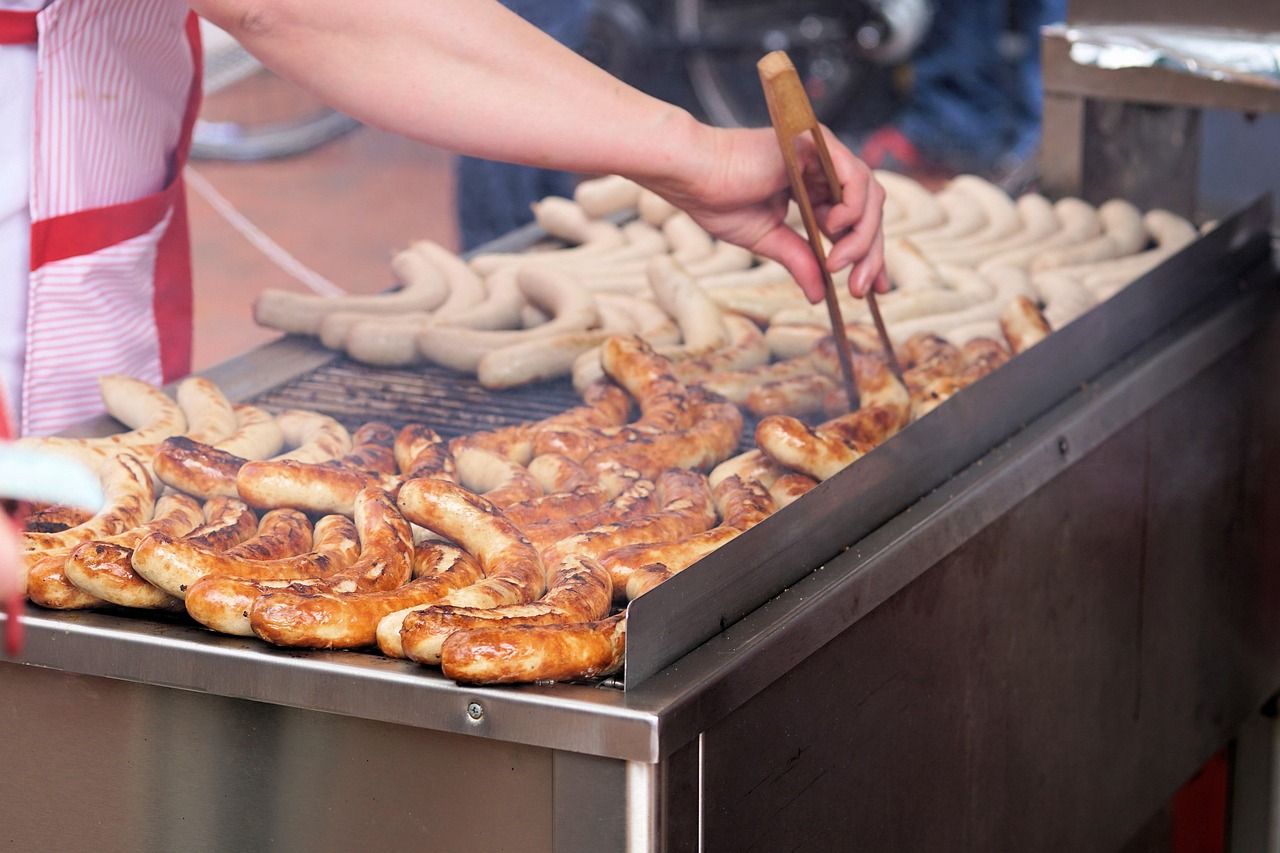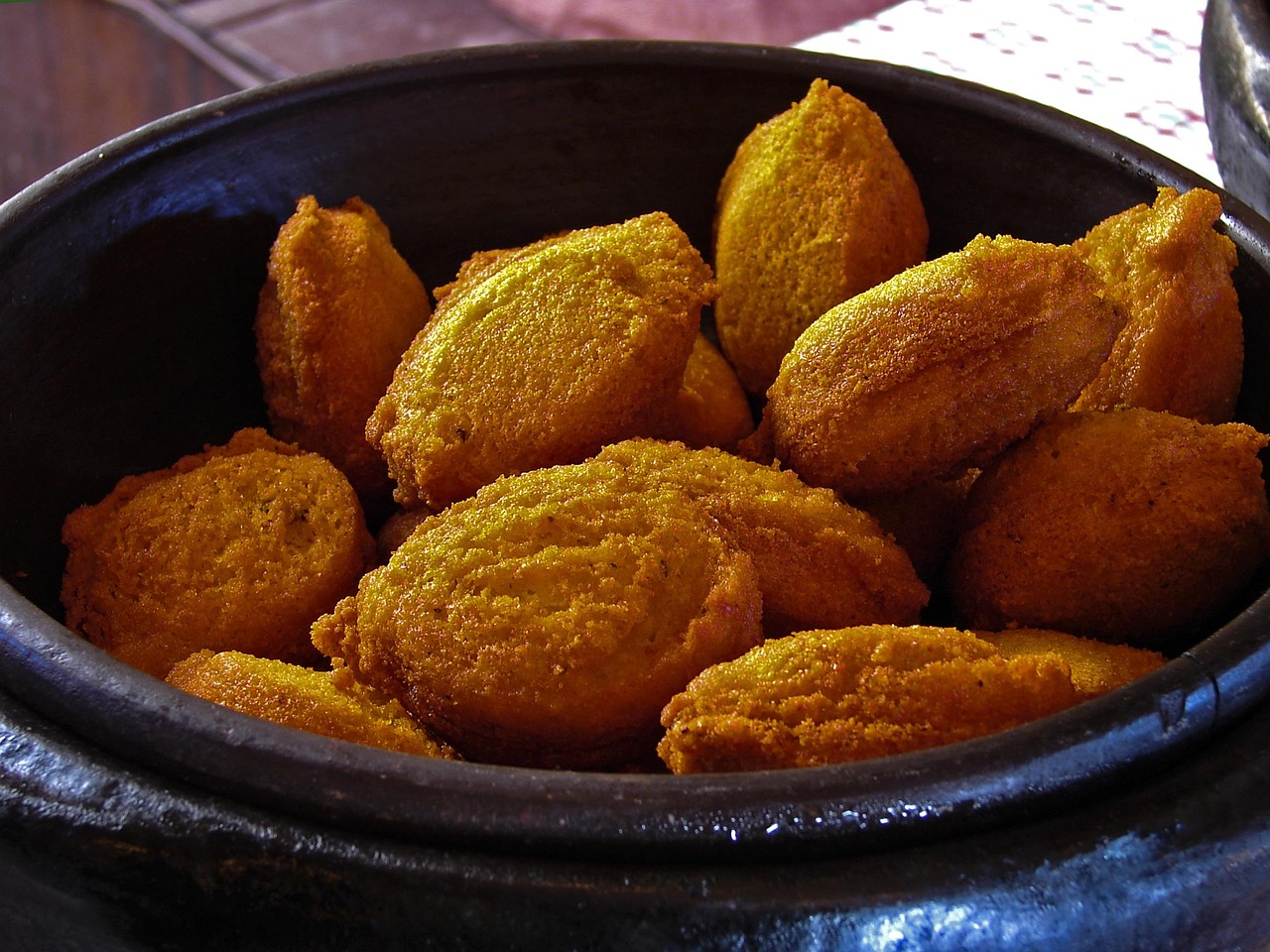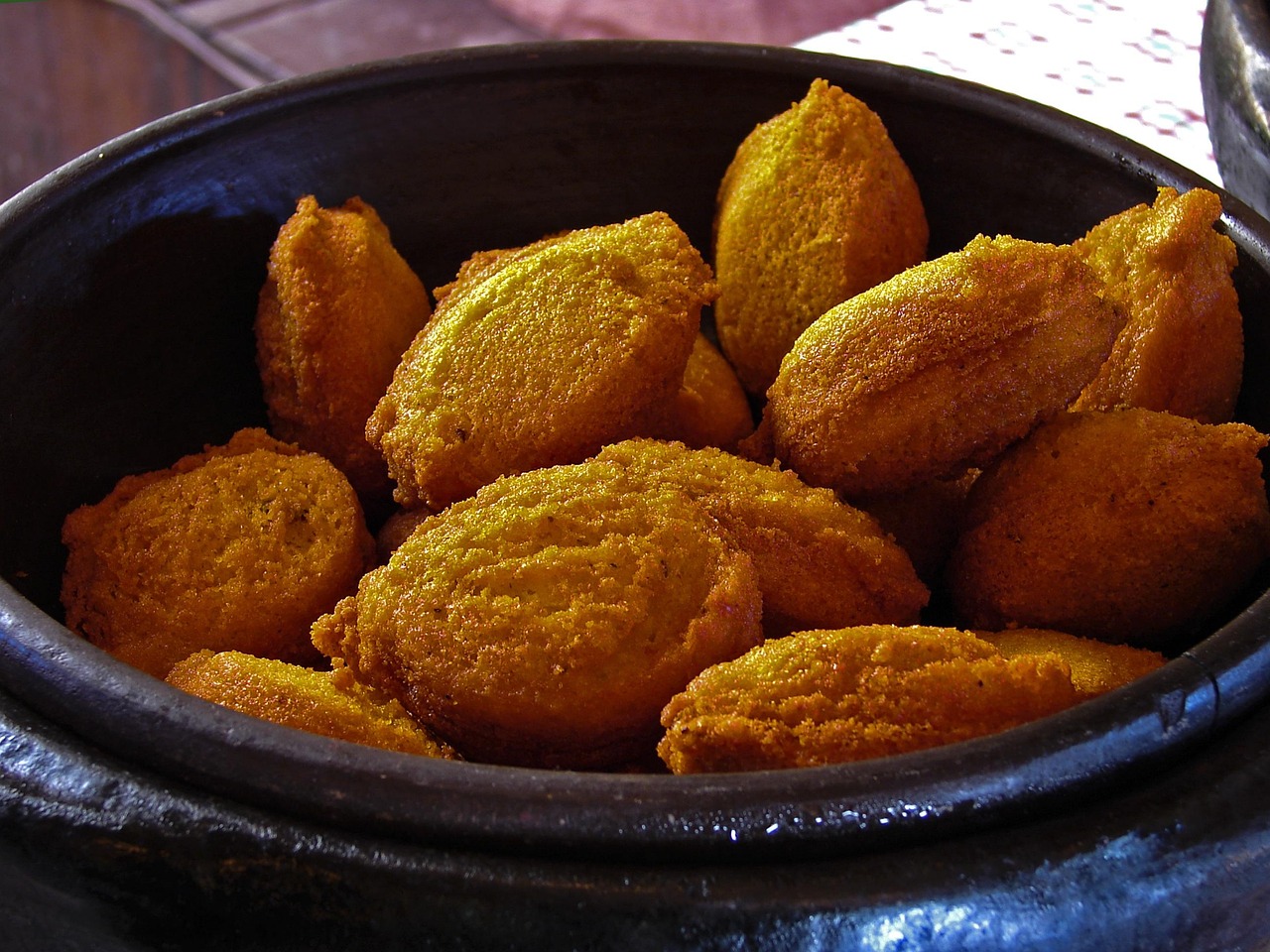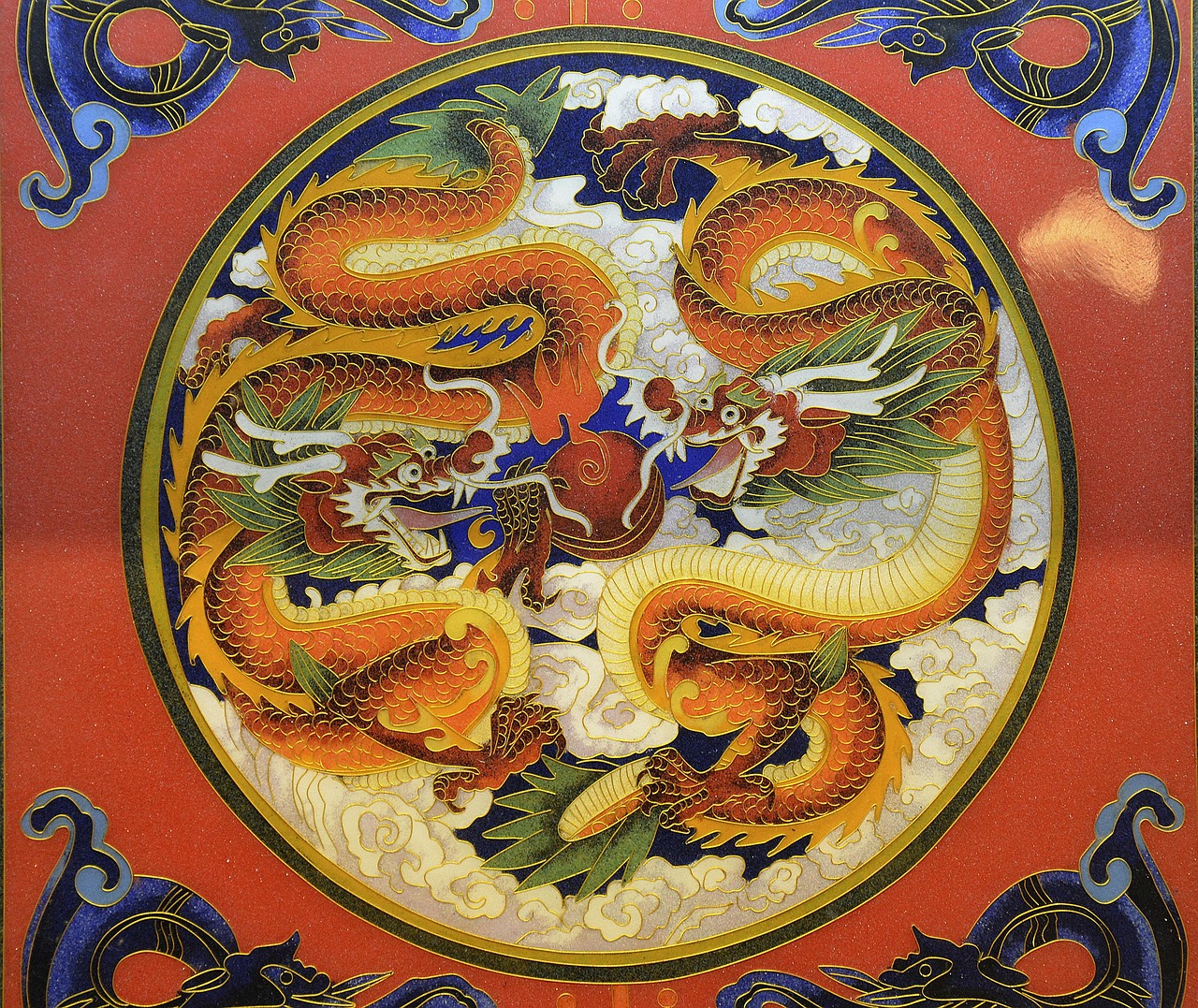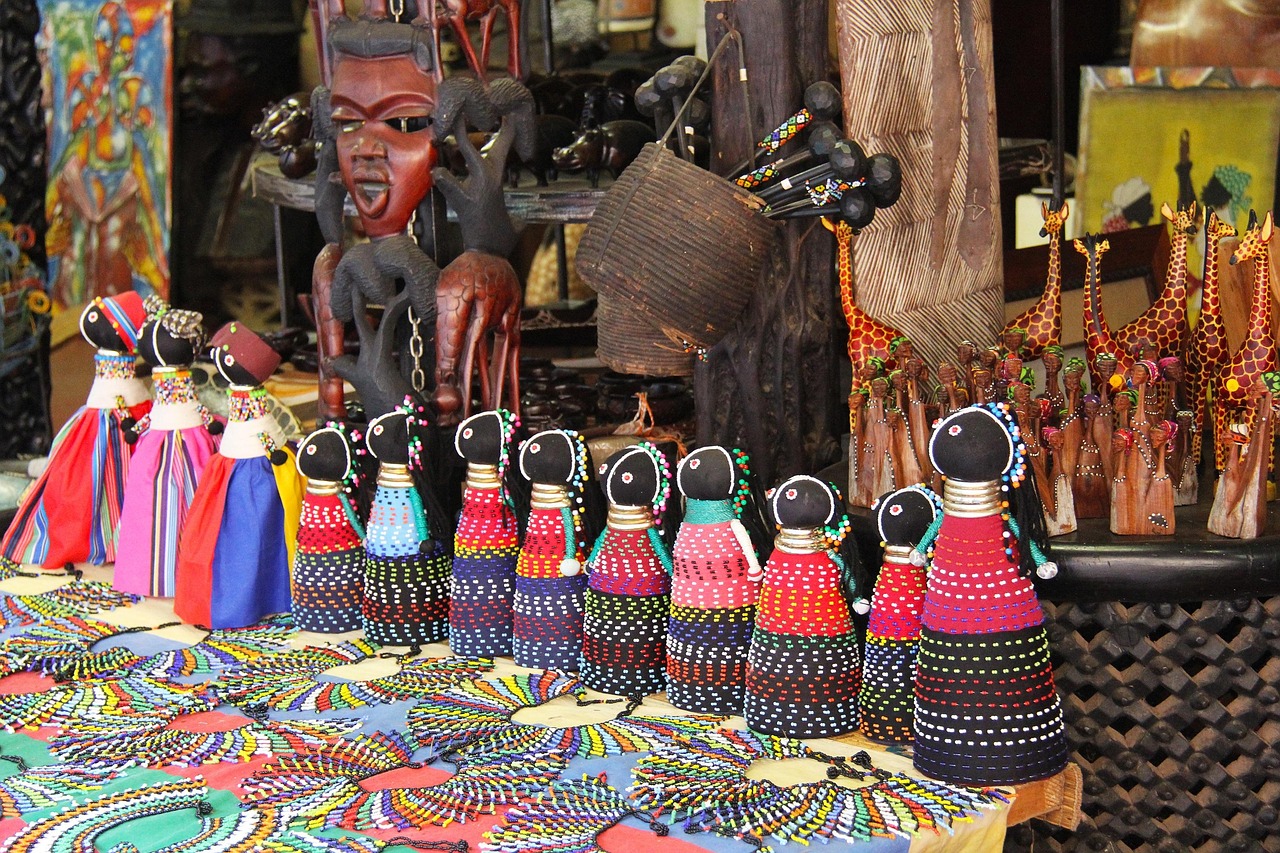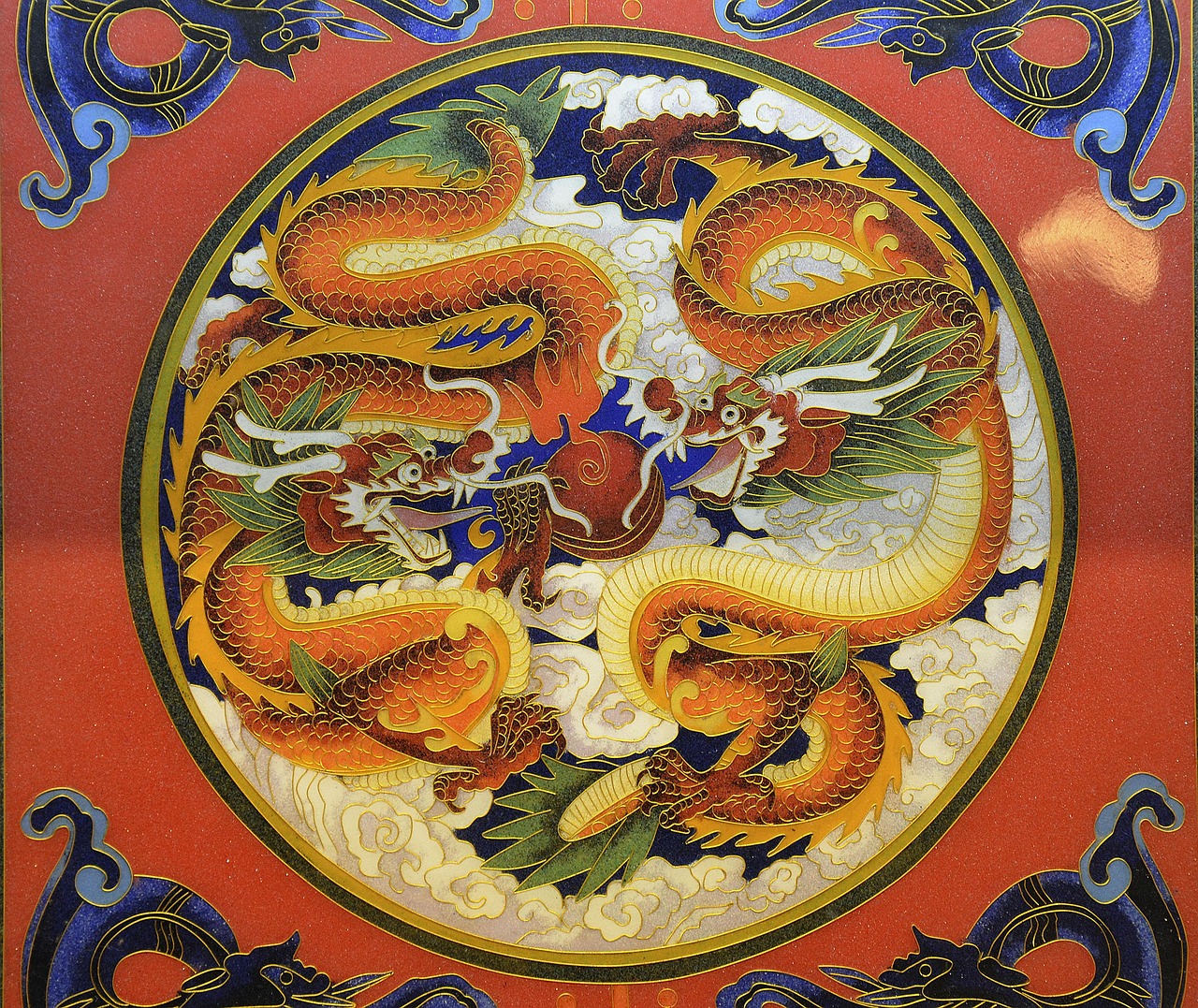Hello, dear readers! Today, we're embarking on a flavorful journey through the rich and diverse landscape of Chinese culinary culture. Whether you're a food enthusiast, a language learner, or simply curious about the world's oldest continuous culinary traditions, this article is for you. Let's dive into the world of Chinese cuisine, exploring its history, regional variations, and the art of cooking through the lens of English language.
1. A Brief History Lesson: The Roots of Chinese Cuisine
Imagine a vast tapestry, with each thread representing a different era in Chinese history. The earliest threads date back thousands of years to the Shang Dynasty, where the foundation of Chinese cuisine began to take shape. Over time, with the influence of various dynasties and the Silk Road trade, this tapestry has woven in new flavors, techniques, and ingredients, creating the complex and colorful culinary tradition we know today.
For instance, the introduction of chili peppers from the Americas during the Ming Dynasty revolutionized Sichuan cuisine, giving birth to the famous "numbing and spicy" flavors that are now loved worldwide. This is a testament to how Chinese cuisine has evolved over time, absorbing and adapting to new influences.
2. Regional Variations: A Symphony of Flavors
If Chinese cuisine were a symphony, each region would be a different instrument, contributing its unique sound to the overall melody. The diversity in Chinese food is staggering, with each province having its own signature dishes and cooking styles.
Let's take a quick tour:
Sichuan Cuisine: Known for its bold and pungent flavors, Sichuan cuisine is like a fiery violin solo. Dishes like Mapo Tofu and Kung Pao Chicken are famous for their use of Sichuan peppercorns, which create a tingling sensation on the tongue.
Cantonese Cuisine: This is the delicate flute of the Chinese culinary orchestra, with a focus on the freshness of ingredients and light, balanced flavors. Dim sum, a variety of bite-sized dishes, is a Cantonese culinary treasure.

Shanghainese Cuisine: Think of it as the sophisticated cello, with a preference for sweet and sour flavors. Dishes like Xiaolongbao (soup dumplings) and Dongpo Rou (braised pork belly) are iconic.
This regional diversity is not just about taste; it's also about the unique cultural and environmental factors that have shaped each area's cuisine.
3. The Art of Cooking: Techniques and Ingredients
Chinese cooking is an art form, with techniques passed down through generations. It's like a language with its own grammar and vocabulary. For example, the stir-frying technique, or "chao" in Chinese, is a fundamental skill that requires a quick hand and high heat to seal in flavors and textures.
Ingredients are another key element. The Chinese pantry is a treasure trove of exotic and familiar items. Soy sauce, ginger, garlic, and rice wine are staples, while more unusual ingredients like bird's nest or abalone are reserved for special occasions.
4. Cultural Significance: Food as a Social Bond
In Chinese culture, food is more than just sustenance; it's a way of life. Meals are a time for family and friends to gather, share stories, and strengthen bonds. The act of cooking and eating together is a deeply ingrained tradition that reflects the importance of community and harmony.
For example, during the Lunar New Year, families come together to make and eat dumplings, symbolizing wealth and prosperity. This tradition is not just about the food; it's about the love and care that goes into preparing it.
5. Practical Tips for English Learners
If you're an English learner interested in Chinese cuisine, here are some tips to help you navigate this culinary world:
Vocabulary Building: Learn food-related vocabulary. Start with basic ingredients and cooking terms, then move on to more complex dishes and techniques.
Cultural Context: Understanding the cultural significance of certain dishes can help you appreciate the cuisine on a deeper level. For example, knowing that mooncakes are eaten during the Mid-Autumn Festival can enrich your understanding of their importance.
Cooking Classes: Participating in a Chinese cooking class can be a fun and interactive way to learn both the language and the cuisine. It's a hands-on approach that engages multiple senses.
Recipe Translation: Try translating Chinese recipes into English. This can be a challenging but rewarding exercise that improves your language skills and introduces you to new dishes.
6. Conclusion: A Culinary Adventure Awaits
Chinese cuisine is a vast and intricate tapestry, with each thread representing a different aspect of this ancient culture. As we've explored, it's not just about the food; it's about history, regional diversity, techniques, and the social bonds that food creates.
Whether you're diving into a hot pot in Sichuan, savoring the delicate flavors of dim sum in Guangdong, or learning to make Peking duck at home, the journey through Chinese culinary culture is one filled with discovery and delight. So, grab your chopsticks, and let's continue to explore this delicious world together.
Happy eating, and may your culinary adventures be as flavorful as the dishes you'll encounter!

